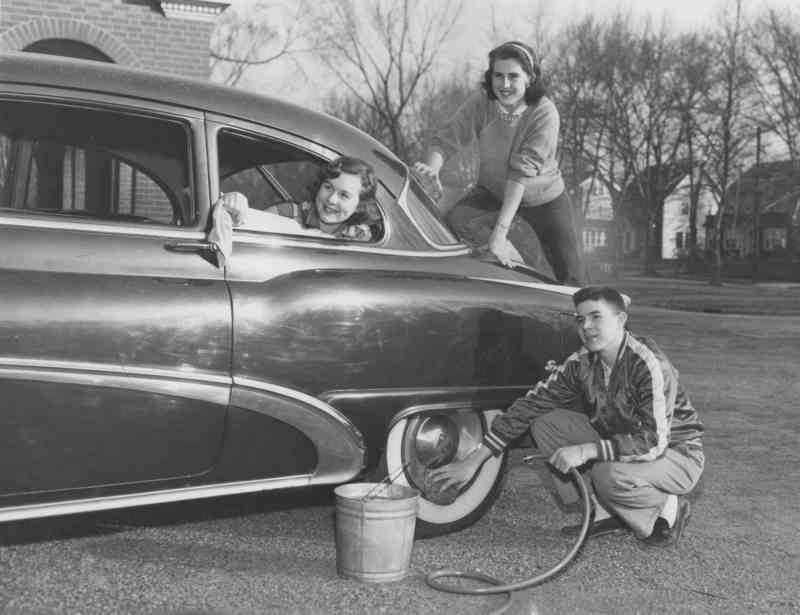Plymouth Church

In March 1850, just months months before passage of the Fugitive Slave Act, thirty members of Cleveland's Old Stone Church left their congregation to form what would later become Plymouth Church. The debate over slavery -- illegal in Ohio, but still a major source of conflict -- led to this split. It was not that Pastor Samuel Aiken of Old Stone Church was pro-slavery, but his moderate anti-slavery views proved to be intolerable to the church's abolitionist parishioners. In one instance, Aiken was said to have hidden behind a pillar as a posse captured a fugitive slave taking sanctuary in his church. Several of Plymouth's founders were believed to be involved in Cleveland's stations on the Underground Railroad.
The new church became known as Plymouth in 1852 at the suggestion of nationally-known abolitionist Henry Ward Beecher, whose New York City church had the same name. An early statement of the church's principles declared slavery "a sin against God and a crime against man" and "utterly opposed to the law of God." It also opposed "fellowship" with "slave-holders, the abettors of slavery or slave-holding churches." A time capsule buried in 1852 in the cornerstone of Plymouth's new church at Euclid Avenue and East 9th Street contained not only common items such as a Bible and the city directory, but also a copy of "Uncle Tom's Cabin" and the minutes of the Christian Anti-Slavery Convention's 1851 meetings.
The Van Sweringen Company donated land in Shaker Heights to Plymouth Church in 1916. The church first worshipped at its current site in a small chapel carted over from Lakewood. While a new church was being built, Plymouth held services in the auditorium of the new Shaker Heights High School. The present church at 14114 Drexmore Road opened in 1923. Architect Charles Schneider, who also designed Shaker City Hall and the city's Fernway, Ludlow, Lomond, and Malvern Schools, designed a brick Georgian Colonial church with an 800-seat sanctuary. Its brick exterior, high steeple, and classical facade are meant to resemble the architecture of old New England, while its park-like setting conforms to both the heritage of the New England village green and Shaker Heights's "garden suburb" layout. The building officially became a Shaker Heights Landmark on November 22, 1976.
Images








